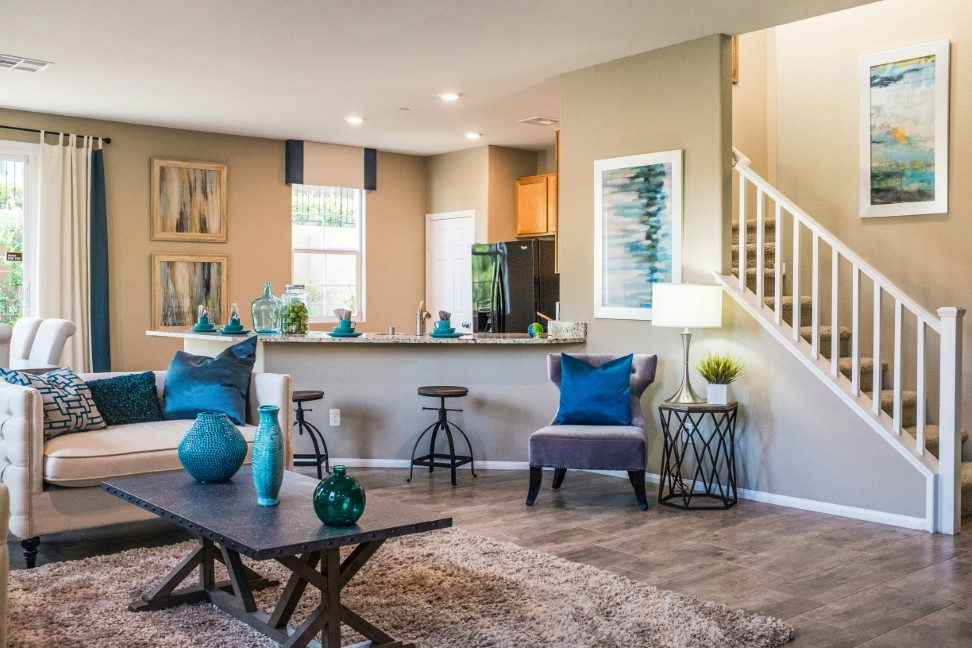Landscape design is an art form that combines beauty and functionality to create outdoor spaces that are not only visually appealing but also practical and sustainable. One of the key principles of landscape design is the balance between aesthetics and functionality, ensuring that the space is both beautiful and usable.
In recent years, there has been a growing emphasis on Eco-friendly landscape design, which focuses on creating outdoor spaces that are not only beautiful but also environmentally sustainable. This approach to landscape design takes into account the impact of human activities on the environment and seeks to minimize negative effects while maximizing the benefits of nature.
One of the key elements of eco-friendly landscape design is the use of native plants and materials. Native plants are well adapted to the local climate and soil conditions, making them more resilient and less reliant on water and pesticides. By using native plants in landscape design, designers can create beautiful outdoor spaces that require less maintenance and are more sustainable in the long run.
Another important aspect of eco-friendly landscape design is the use of sustainable materials and practices. This includes using recycled materials, such as reclaimed wood or recycled glass, in the construction of outdoor structures and features. It also involves using sustainable practices, such as rainwater harvesting and composting, to reduce water usage and waste.
In addition to using native plants and sustainable materials, eco-friendly landscape design also focuses on creating outdoor spaces that are beneficial to the environment. This can include incorporating green roofs and living walls to improve air quality and reduce energy consumption, as well as creating habitats for wildlife to support biodiversity.
When it comes to balancing beauty and functionality in landscape design, eco-friendly principles can help guide the design process. By considering the environmental impact of design choices and incorporating sustainable practices, designers can create outdoor spaces that are not only visually stunning but also beneficial to the environment.
For example, a designer may choose to incorporate a rain garden into a landscape design to capture and filter stormwater runoff, reducing the impact of urban development on local waterways. This not only adds a beautiful and functional element to the outdoor space but also helps to protect the environment.
Overall, the art of balancing beauty and functionality in landscape design is an important consideration for designers looking to create outdoor spaces that are both visually appealing and sustainable. By incorporating eco-friendly principles into the design process, designers can create outdoor spaces that are not only beautiful but also beneficial to the environment.
Find out more at
Lakamas Landscape Design | Landscape Design Seattle | Seattle Metropolitan Area, WA, USA
https://www.lakamaslandscapedesign.com/
Seattle and Camano Island, WA, United States
Lakamas Landscape Design specializes in designing gardens with a sustainable mindset, specializing in the use of native plants of the Pacific Northwest. We are design professionals who love to create outdoor living spaces that are as beautiful as they are functional, sustaining pollinators, birds and other fauna to create a garden that is full of life and movement.
Step into a world of beauty and tranquility with Lakamas Landscape Design. Our expert team combines creativity and expertise to transform outdoor spaces into stunning works of art. Are you ready to elevate your landscape to the next level? Explore our services and see the difference for yourself.

